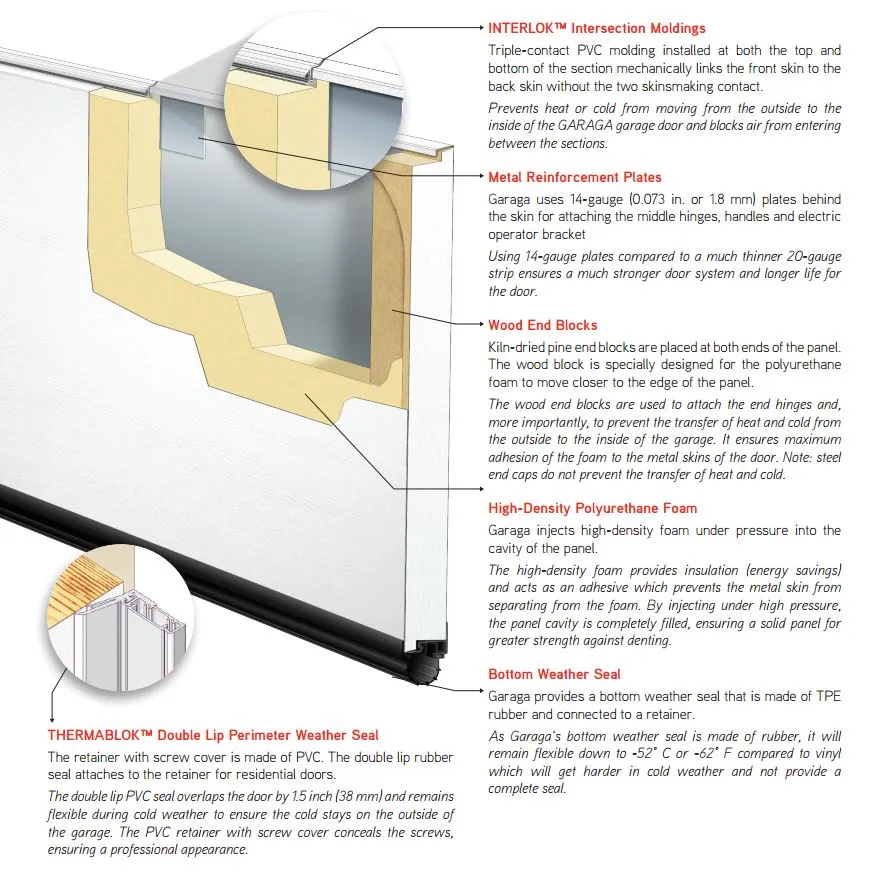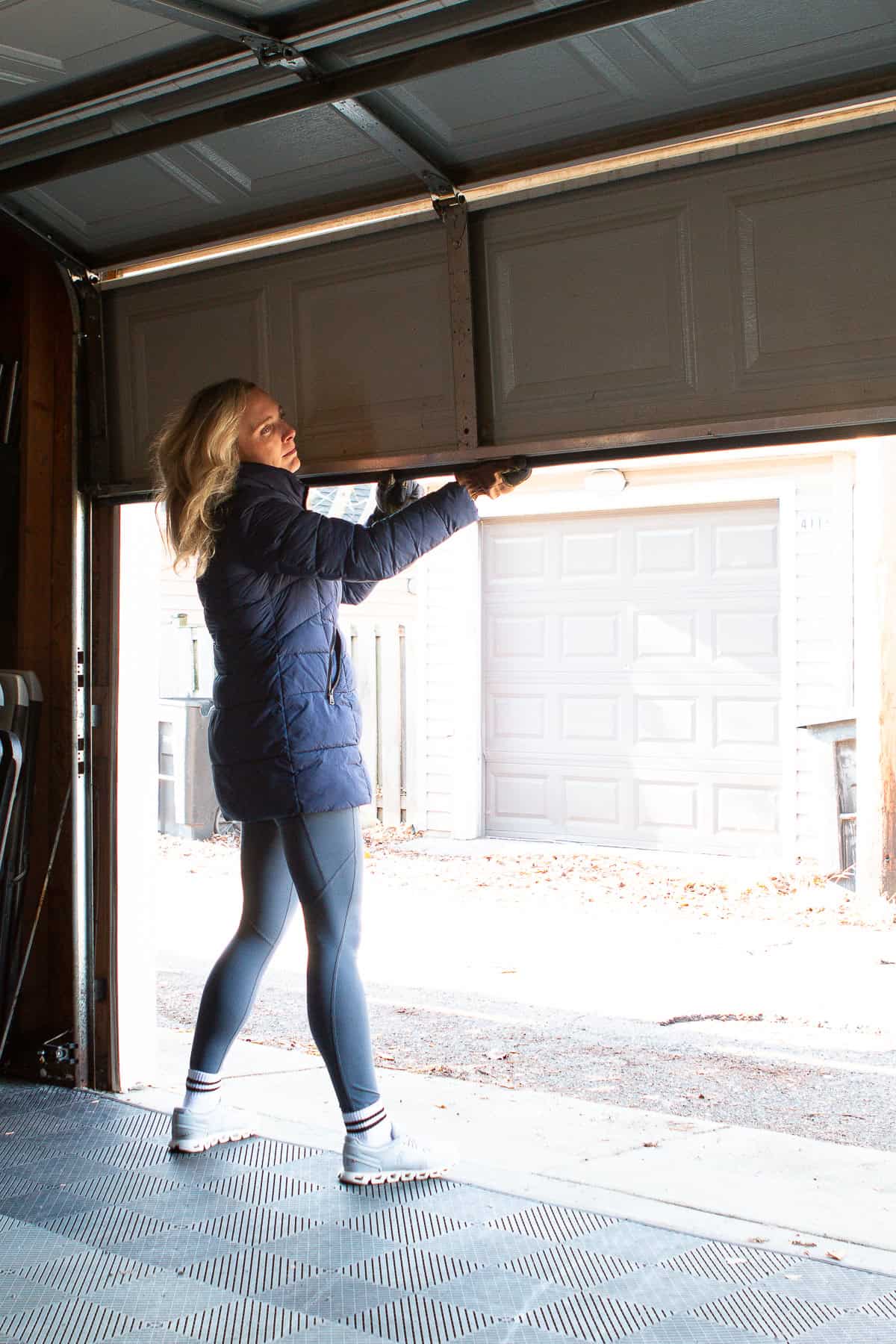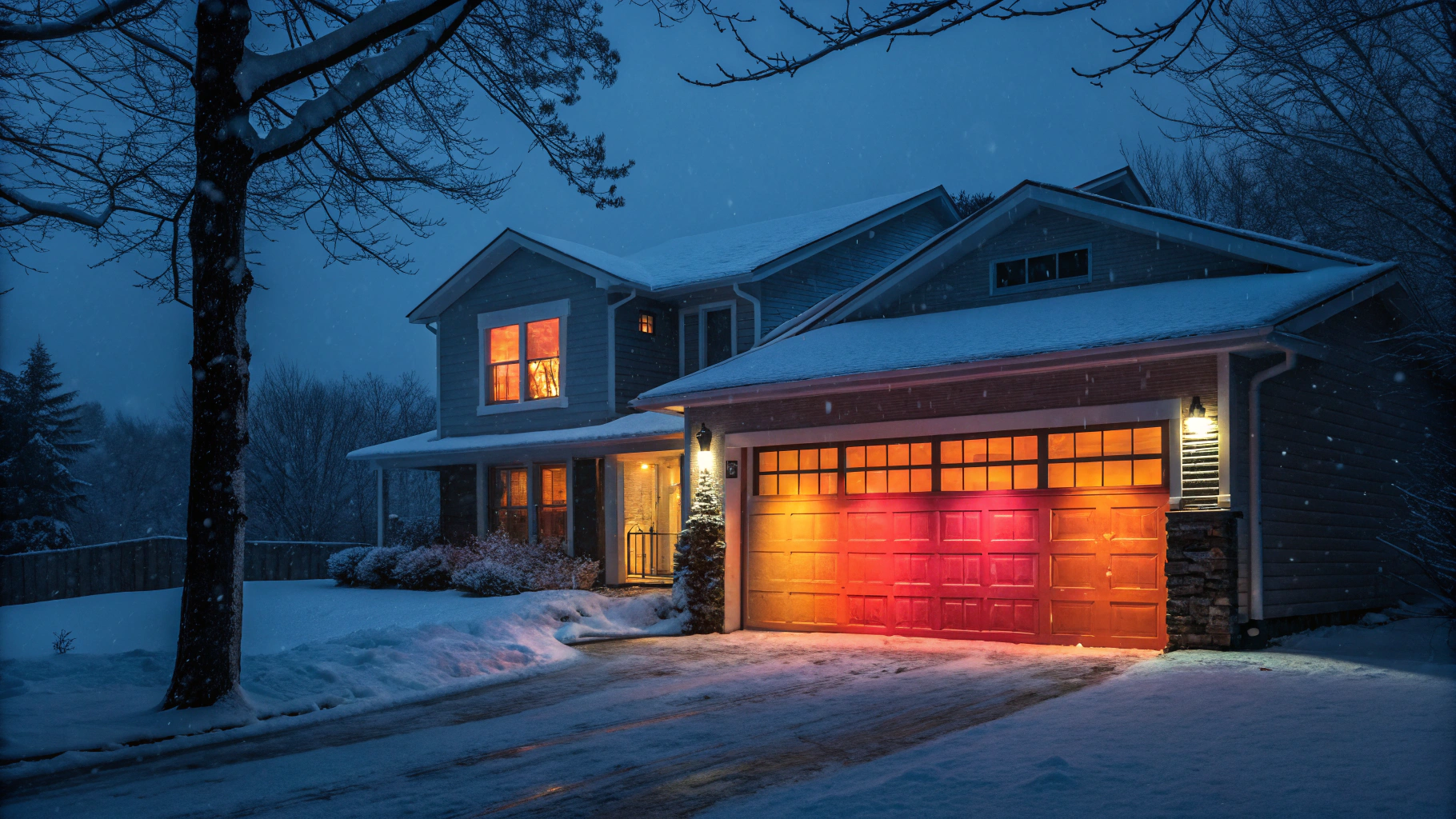Apart from just protecting your car, your garage door is a major factor in your home's energy efficiency. Uninsulated garage doors can leak up to 40% of your home’s heating and cooling energy, acting like an open window during extreme weather 1. The key is understanding the U-factor, which measures heat transfer through your door. Choose the right U-factor, and you'll significantly reduce energy costs while improving home comfort. Let’s dive in.

Understanding U-Factor: The Key to Garage Door Efficiency
What Exactly Is a U-Factor?
The U-factor measures how quickly heat escapes or enters through your garage door. Expressed in BTU per square foot per hour per degree Fahrenheit, it’s the gold standard for gauging real-world insulation performance. Lower numbers mean better efficiency, a U-factor of 0.20 blocks twice as much heat as one rated 0.40 2.
Why U-Factor Trumps R-Value
R-value only measures insulation material resistance, but U-factor evaluates the entire door system, panels, seals, joints, and hardware. Think of it this way: a door with R-16 insulation might sound great, but if air leaks through gaps, its effective R-value could drop to 12. The formula tells the story:
[
\text{U-factor} = \frac{1}{R\text{-value}}
]
This inverse relationship means even high R-values underperform without proper installation 34.
What Determines Your Garage Door’s U-Factor?
Material Matters: Insulation Types Compared
- Polyurethane foam: Injected between steel layers, this expands to seal gaps, achieving industry-leading U-factors as low as 0.20 (R-18).
- Polystyrene panels: Affordable but less efficient, with U-factors around 0.30–0.40 due to rigid panels that leave marginal air gaps 56.
- Bare steel: A U-factor above 0.50 makes these doors energy sieves, costing homeowners hundreds extra annually 6.

Climate Considerations Tailored to Your Region
- Cold climates: Prioritize U-factors below 0.25. Polyurethane doors keep garages 10–20°F warmer, slashing heating costs and preventing frozen pipes 89.
- Hot climates: Opt for reflective steel skins and U-factors under 0.30 to block radiant heat, keeping interiors up to 15°F cooler 1011.

The Silent Culprit: Air Leaks
Gaps around seals and joints account for 15–20% of garage heat loss 12. High-quality weatherstripping and multi-layer edge seals are essential, no insulation can compensate for drafty edges.

Top Energy-Efficient Garage Doors in 2025
Best Overall: Polyurethane-Insulated Steel
- U-Factor: 0.20–0.25
- R-Value: 16–18
Models from brands like Clopay and Haas Door pair steel durability with polyurethane cores, meeting strict DASMA thermal standards 1314.
Budget-Friendly Option: Polystyrene Doors
- U-Factor: 0.30–0.40
- R-Value: 6–7
A practical pick for mild climates, though less durable than polyurethane 1516.
Upgrading Your Garage Door: Retrofit or Replace?
Simple Fixes for Immediate Savings
- Install foam board insulation: Retrofit polystyrene panels (cuts U-factor by ~0.10).
- Seal leaks: Replace worn weatherstripping with silicone-edged seals to block drafts 1718.
- Upgrade windows: Swap single-pane glass for double-pane to reduce heat leaks.

When Replacement Pays Off
Doors older than 15 years often lack modern sealing tech. Upgrading to a U-0.25 model typically recovers costs in 5–7 years through energy savings 18.
Why Certification Matters
The Door & Access Systems Manufacturers Association (DASMA) verifies performance through its Thermal Performance Verification (TPV) program. Doors labeled U-0.25 or lower comply with national energy codes and deliver measurable savings 144.
Final Thoughts
Choosing a low-U-factor garage door is simply a practical investment. Minnesota homeowner Lisa Martinez, for instance, saved 12% on winter heating costs after switching to a U-0.22 door. These improvements really do add up. When shopping for a new door, start with your local climate requirements, then focus on quality insulation and airtight seals. For the best results, consider pairing your door upgrade with a professional energy audit. For maximum impact, pair your upgrade with a professional energy audit. Your garage plays a bigger role in your home's energy efficiency than you might think.
